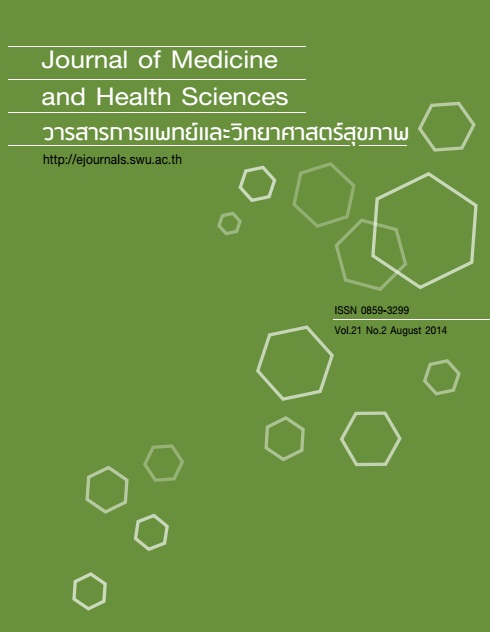Pathogenesis of migraine
Keywords:
migraine, trigeminovascular, cortical spreading depression, sensitizationAbstract
Migraine is a common neurovascular disorder characterized by chronic episodic attacks of moderate to severe primary headache involving activation of trigeminal neurons. Despite its prevalence, the pathogenesis of migraine is not clearly understood. The pulsating nature of the headache suggests the involvement of the cranial vasculature in headache pathogenesis. However, current hypotheses emphasize the role of the trigeminal nociceptive system in the development of migraine, and other forms of primary headache. In these hypotheses, migraine pain is driven by the activation and sensitization of central trigeminal neurons driving the activation and sensitization of peripheral trigeminal neurons that innervate the meninges forming the trigeminocervical complex, which includes the caudal extension of trigeminal nucleus in the upper spinal cord. A better understanding of headache pathogenesis will pave the way for the development of more effective treatments.Issue
Section
Review Article


